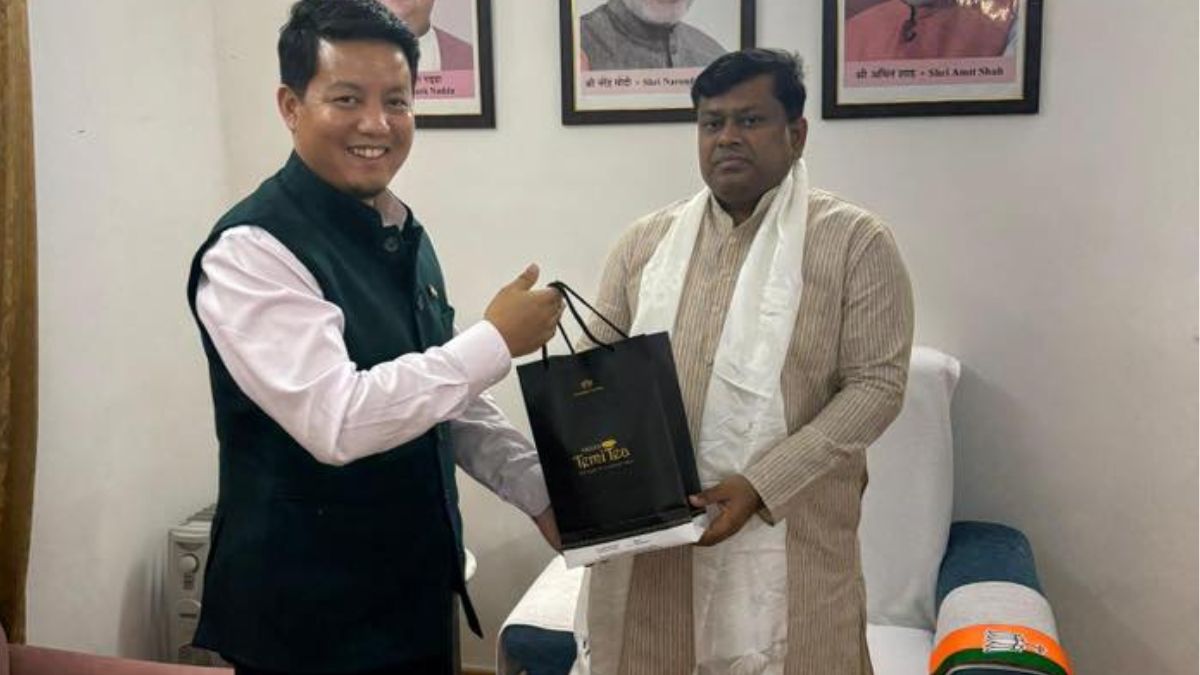New Delhi, July 28, 2025 – In a heartfelt appeal to protect and promote Sikkim’s rich cultural identity, Member of Parliament Dr. Indra Hang Subba has urged the Ministry of Education to introduce Rai, Sherpa, Tamang, and Gurung languages as optional second language subjects in CBSE Classes 11 and 12. This proposal highlights not just the need for language continuation but also the power of mother-tongue learning in enhancing student understanding in core subjects like science and mathematics.
Sikkim is one of India’s most linguistically diverse states, home to over a dozen languages spoken by various communities. While Nepali serves as the most widely spoken language, other major languages like Lepcha, Bhutia, Limboo, Rai, Sherpa, Tamang, and Gurung hold deep cultural roots across the state. These languages represent more than just communication—they are the soul of different communities, passed down through generations.
By calling for the inclusion of Rai, Sherpa, Tamang, and Gurung languages in Classes 11 and 12, Dr. Indra Hang Subba has taken a strong step to honour the vision and struggles of Sikkim’s ancestors who protected and preserved their languages and traditions despite modern challenges.
Currently, students in Sikkim can study these languages up to Class 10. However, the absence of these subjects in senior secondary education breaks academic continuity and discourages deeper learning in one’s mother tongue. Dr. Indra Hang Subba believes that allowing students to study their native language beyond Class 10 would not only strengthen cultural roots but also lead to better academic performance.
Research and international experience show that learning core subjects in the mother tongue enhances conceptual clarity. Countries like Japan and China use their native languages to teach science, mathematics, and social sciences, resulting in stronger foundational understanding and innovation. If India, especially Sikkim, moves in this direction, it could transform the education system and offer students a fair and inclusive environment.
A Vision for the Future
The proposal aligns with the goals of the National Education Policy (NEP) 2020, which promotes multilingual education and stresses the importance of regional languages. It also reflects constitutional values, such as Article 29, which defends the cultural and educational rights of minorities.
Introducing local languages as second language options in Class 11 and 12 is a feasible move—it requires no new exams or extra resources. Students would simply choose from an expanded list, giving them more relevant options rooted in their identity.
Conclusion
If implemented, this change will not only respect the voices of the Rai, Sherpa, Tamang, and Gurung communities but will also be a tribute to the generations that protected these languages. It is a step toward making education more inclusive, relatable, and impactful. Dr. Subba’s initiative is not just about adding subjects—it’s about reshaping the future of education in Sikkim and inspiring a model for the rest of the country.
Also Read: New Fog Lamp Rules in Sikkim 2025 – Learn What’s Allowed and What’s Not

